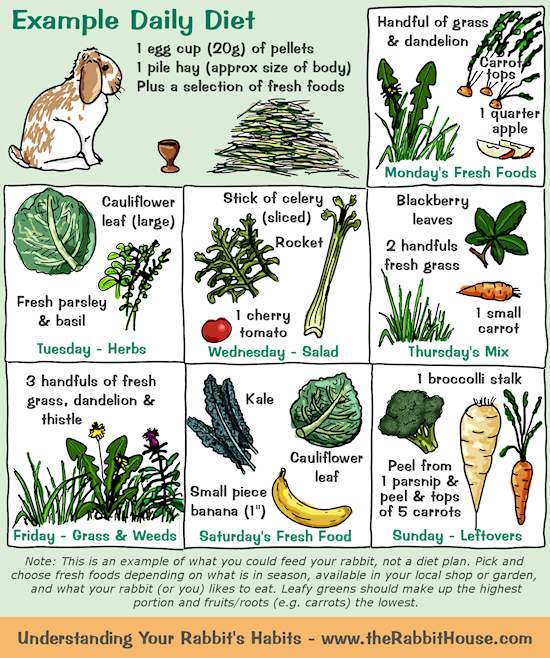
The "A" Family is batting around the idea of adding another bunny to our "farm", but it has brought up a lot of questions, along the way.
- who is a girl,
- has a massive house (thanks to Hubby) ...
- she is a Holland Lop, which is what I would look for in our new addition...
But do we get another girl or a boy this round?
 I am not afraid of having baby bunnies, especially Holland Lops. I think that it would provide a great learning experience for the girls and allow them to see life happen, bunny style. But, never having had baby bunnies before, it kind of made me do some research into having baby bunnies and what to do (or not to!) that I thought I would share for anyone else who might be interested in this adventure as well!
I am not afraid of having baby bunnies, especially Holland Lops. I think that it would provide a great learning experience for the girls and allow them to see life happen, bunny style. But, never having had baby bunnies before, it kind of made me do some research into having baby bunnies and what to do (or not to!) that I thought I would share for anyone else who might be interested in this adventure as well!
Six Things to KNOW about Having Baby Bunnies:
1. Take care of the mom rabbit. The mom cares for the baby rabbits until they are old enough to eat pellets. However, the mom needs extra special care and nutrition while she has her young within her, so that she can provide them with the milk they need.
 2. Make sure you have a nest box for the babies to be born in. If you let the mom have her babies on the cage floor they will die. You should stuff the nest box with grass hay or timothy hay and shavings on the bottom of the box. Don't fill it too high or have any holes in the box, or the babies may escape.
2. Make sure you have a nest box for the babies to be born in. If you let the mom have her babies on the cage floor they will die. You should stuff the nest box with grass hay or timothy hay and shavings on the bottom of the box. Don't fill it too high or have any holes in the box, or the babies may escape.- The mother rabbit will pull fur from her belly/ chest area and put it in the nest box if she is going to have babies, this helps keep them warm. She may also rearrange the materials you put in the box, and pick up huge mouthfuls if the stuff.
 3. Check for dead rabbits. Soon after the rabbits arrive, tempt the mom away from the nest box with a treat and take the nest box out of the cage. Look through the fur for any dead kits, or placenta/after-birth and remove them. Don't worry about touching the live rabbits, the mother shouldn't be bothered by your scent. But if you are worried about your smell on the kits, just put a dab of vanilla above the doe's nose.
3. Check for dead rabbits. Soon after the rabbits arrive, tempt the mom away from the nest box with a treat and take the nest box out of the cage. Look through the fur for any dead kits, or placenta/after-birth and remove them. Don't worry about touching the live rabbits, the mother shouldn't be bothered by your scent. But if you are worried about your smell on the kits, just put a dab of vanilla above the doe's nose. 4. Foster the rabbits if there are more than eight. If the doe has more than 8 kits, you might want to consider fostering one or two to another doe that has a litter of under eight. Only foster if both litters are the same age. You should also add a few baby rabbits, if you only have one; this keeps all of the babies warm.
4. Foster the rabbits if there are more than eight. If the doe has more than 8 kits, you might want to consider fostering one or two to another doe that has a litter of under eight. Only foster if both litters are the same age. You should also add a few baby rabbits, if you only have one; this keeps all of the babies warm. 5. Make sure to check on the kits every day and handle the babies, it will make them tamer. But make sure they are warm while you take them out, as baby bunnies can get chilled easily.
5. Make sure to check on the kits every day and handle the babies, it will make them tamer. But make sure they are warm while you take them out, as baby bunnies can get chilled easily.
Some additional notes:
- Do not bother the mother rabbit. She may get anxious or scared and she could kill or hurt the babies.
- The size of the litter will typically depend on what type of rabbit you have. (1-12 for larger breeds, and 1-10 for smaller.)
- Fed the mom with nutritious foods, as she provides the main source of food for the bunnies.
- There is a type of baby born commonly called a 'peanut' baby rabbit. It is extremely small with a large head and tiny ears; these
almostalways die. (i.e. they do not have a growth gene so they can't physically grow. Peanuts ONLY occur with small "dwarf" breeds, i.e. Holland Lops/Netherland Dwarfs) - Be sure to keep the mother well fed. She will not feed her babies if she is not eating.
- Mother rabbits never move their young, so if one leaves the box you'll have to put it back. Don't worry, the mother will keep taking care of the baby even if you touch it.
- Do not be concerned that the mother isn't spending time with the babies. Rabbits do not sit with their litters as cats and dogs do, as in the wild it would attract attention to the nest. Rabbits only go into the nest to feed the babies once or twice a day.
- Baby rabbits are born without fur and with closed eyes.
- When the baby rabbits are at the age that they can start eating hay and pellets, feed them Timothy Hay. Timothy hay provides the babies with lots of fiber.
- Rabbits commonly lose their first litter, so if you want babies don't give up hope! It takes some does (female rabbits) 4-5 litters before they get the hang of it.
- When they first have their babies just leave them alone until the doe leaves the nest.
10/9/2015- Updated per some suggestions provided from http://www.hollyshollands.weebly.com/







